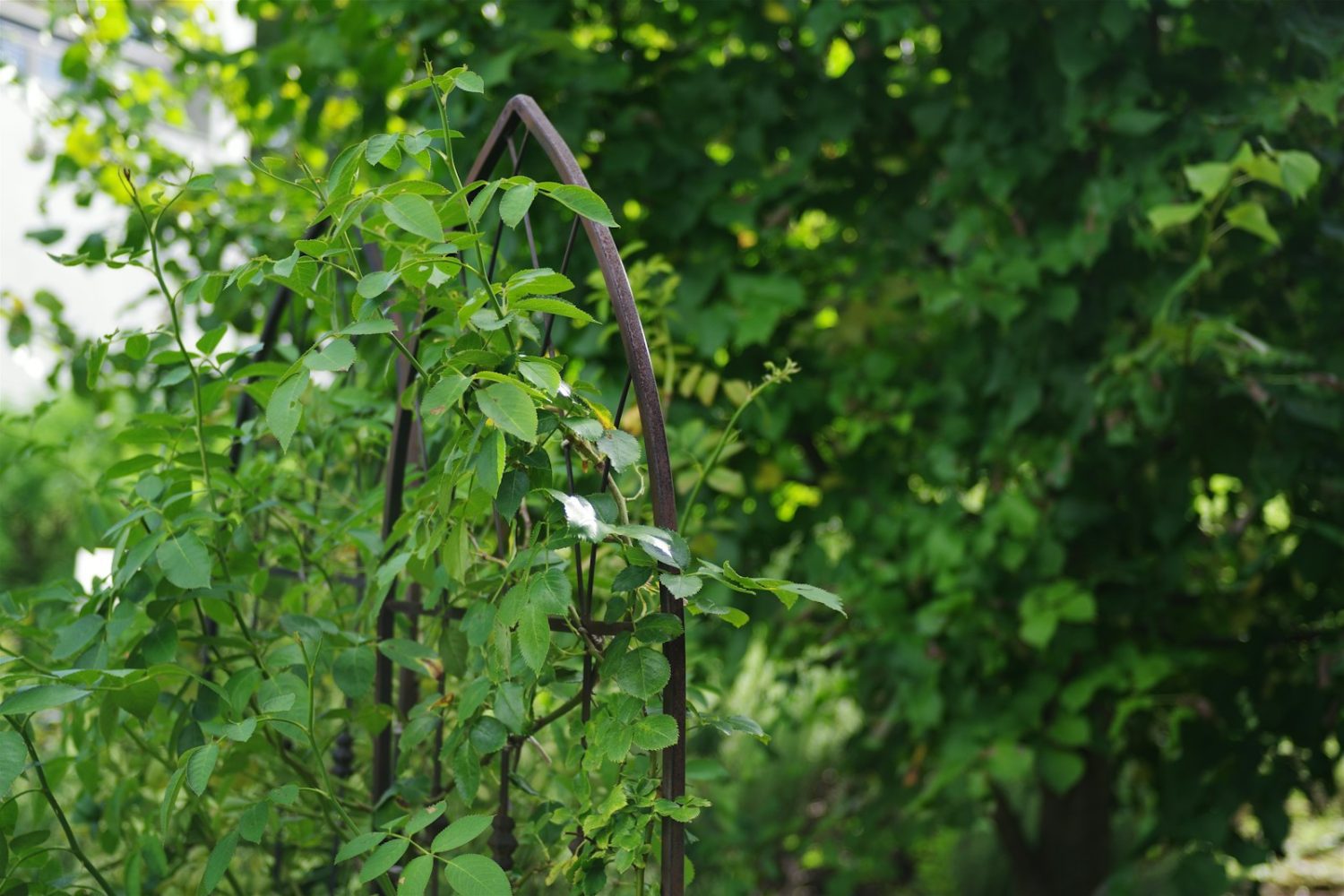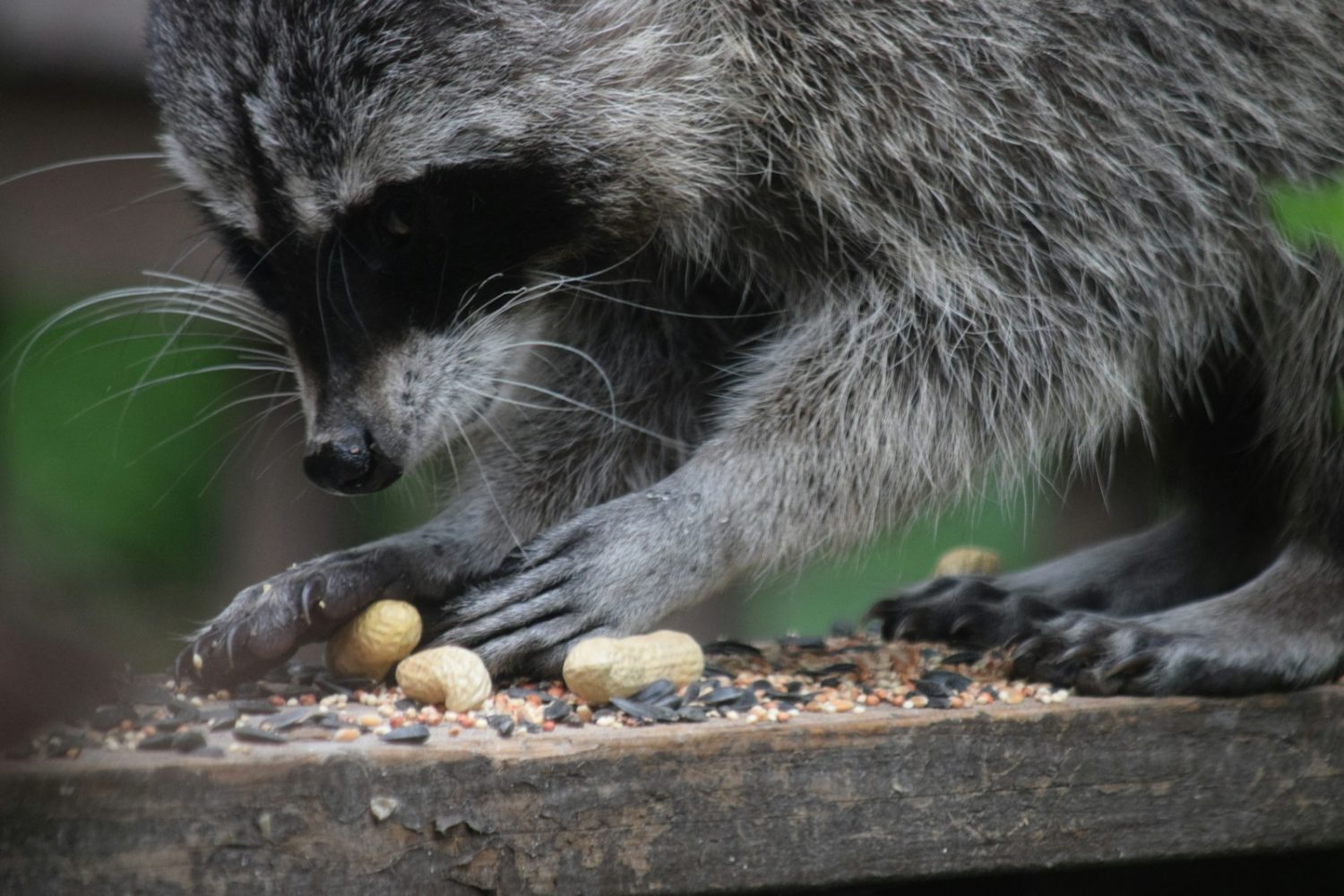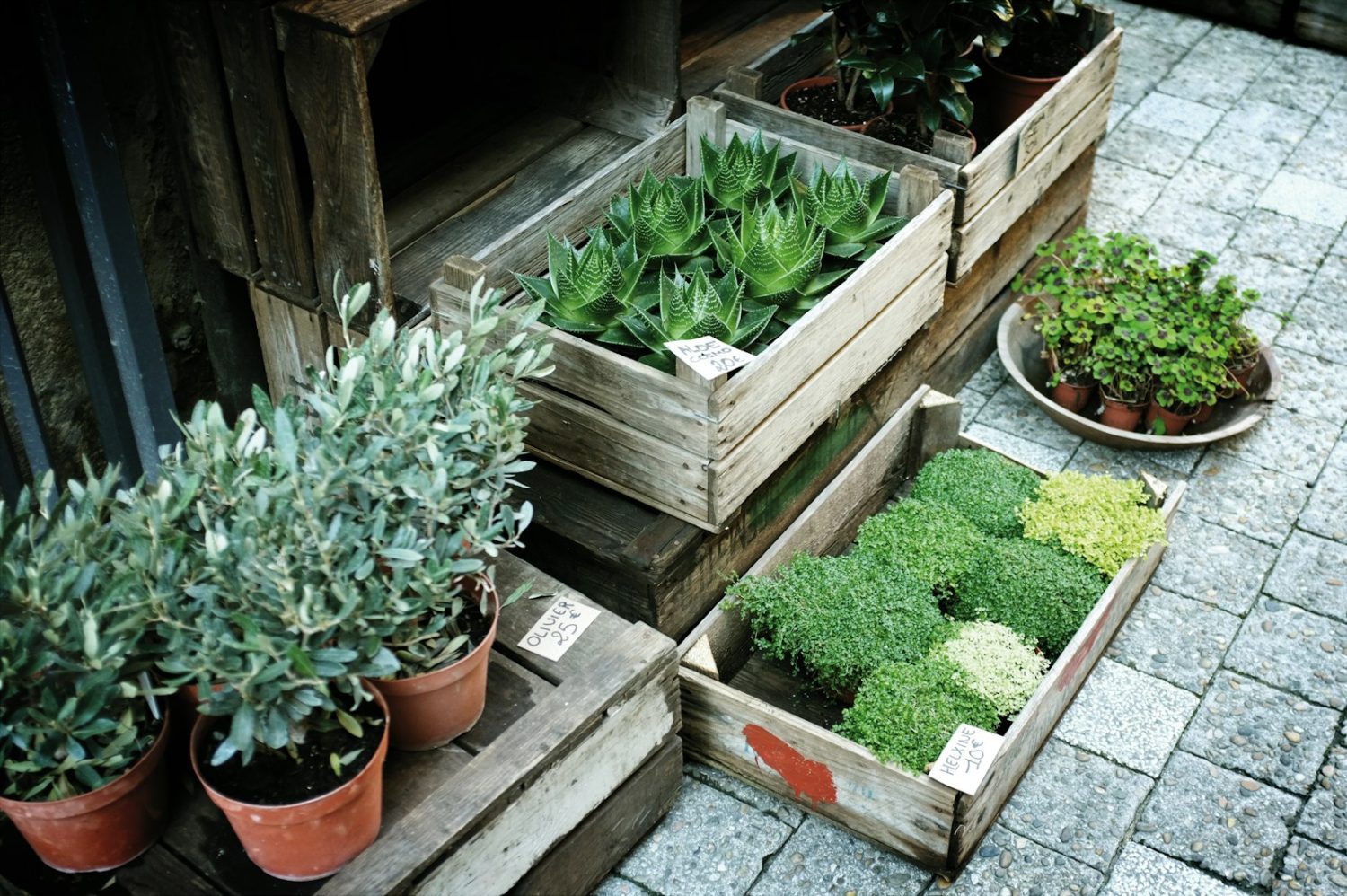How to Keep Chipmunks Out of Your Garden
A garden full of fresh blooms and ripening produce is a gift. But if you’ve spotted little tunnels, dug-up bulbs, or half-eaten fruit, you may have tiny striped visitors. Chipmunks, while adorable, can quickly become disruptive. They dig for seeds, snack on berries, and stash food in your beds. The good news is that we … Read more




